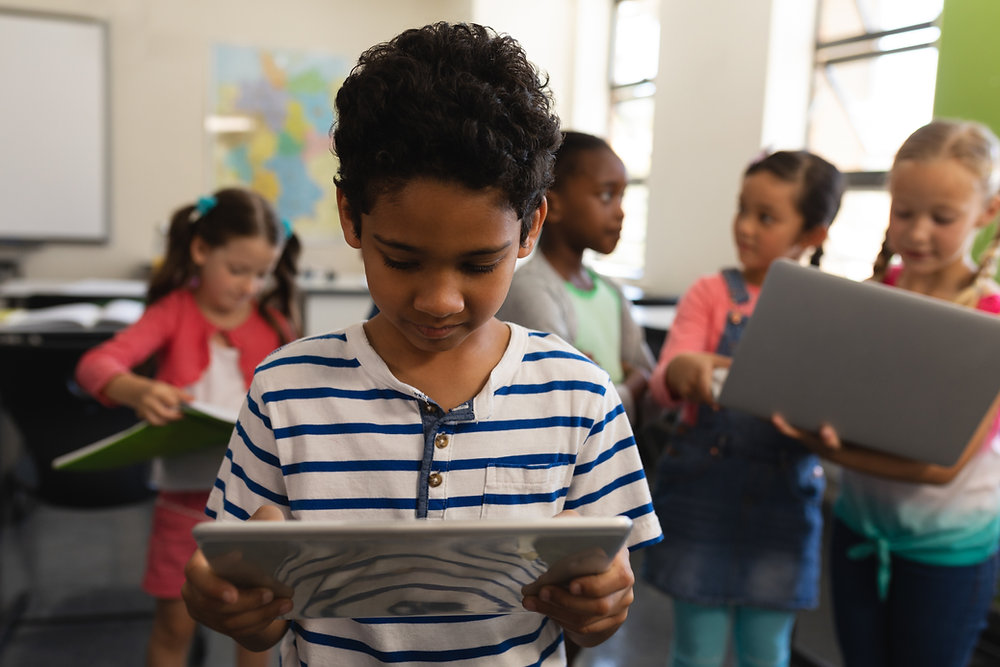In an increasingly diverse and interconnected world, fostering empathy in children is more important than ever. One powerful way to build empathy is through multicultural stories. These stories allow children to experience different cultures, perspectives, and life situations, helping them understand and appreciate the diversity around them. Here’s how multicultural stories can build empathy in children and some recommended books to get started.
1. Understanding Different Perspectives
Multicultural stories introduce children to a variety of cultures, traditions, and viewpoints. By stepping into the shoes of characters from different backgrounds, children learn to see the world through the eyes of others. This exposure helps them understand that people have different experiences and ways of life, fostering empathy and reducing prejudice.
-
Last Stop on Market Street by Matt de la Peña
-
This story follows a young boy named CJ and his grandmother as they travel across the city, highlighting the beauty in everyday life and diverse communities.
-
Amina’s Voice by Hena Khan
-
Amina, a Pakistani-American girl, navigates the challenges of middle school while embracing her cultural heritage and dealing with prejudice.
2. Recognizing Commonalities
While multicultural stories highlight differences, they also emphasize the commonalities that unite us all. Children see that, despite cultural differences, people everywhere share similar feelings, dreams, and challenges. This recognition fosters a sense of shared humanity and connection.
-
The Name Jar by Yangsook Choi
-
A story about a young Korean girl, Unhei, who struggles with her name and cultural identity when she moves to America.
-
The Day You Begin by Jacqueline Woodson
-
This book encourages children to embrace their uniqueness and find common ground with others despite their differences.
3. Encouraging Open-Mindedness and Curiosity
Reading about different cultures sparks curiosity and open-mindedness in children. They become more willing to learn about and engage with people from diverse backgrounds. This openness is a crucial step toward building empathy and understanding in a multicultural world.
-
Festival of Colors by Kabir Sehgal and Surishtha Sehgal
-
This vibrant book introduces children to the Hindu festival of Holi, celebrating colors and cultural traditions.
-
We’re All Wonders by R.J. Palacio
-
A picture book adaptation of Wonder that teaches young readers about acceptance and kindness toward others who look different.
4. Addressing Social Issues
Multicultural stories often tackle important social issues such as racism, immigration, and inequality. By reading these stories, children gain awareness of these issues and develop empathy for those who experience them. This awareness can inspire them to advocate for fairness and justice.
-
Separate Is Never Equal: Sylvia Mendez and Her Family’s Fight for Desegregation by Duncan Tonatiuh
-
The true story of Sylvia Mendez, who helped end school segregation in California.
-
Inside Out and Back Again by Thanhha Lai
-
A novel in verse about a young Vietnamese girl’s journey as a refugee to America.
5. Fostering Emotional Intelligence
Multicultural stories help children develop emotional intelligence by exposing them to a wide range of emotions and experiences. They learn to recognize and respond to the feelings of others, an essential component of empathy.
-
My Two Blankets by Irena Kobald and Freya Blackwood
-
A touching story about a young girl adjusting to a new country and language, finding comfort in her old and new cultures.
-
The Proudest Blue: A Story of Hijab and Family by Ibtihaj Muhammad and S.K. Ali
-
This book explores themes of pride, identity, and family through the eyes of a young Muslim girl on her first day of wearing a hijab.
6. Building a Diverse Library
To foster empathy through multicultural stories, it’s essential to build a diverse library at home or in the classroom. Ensure that your collection includes books from various cultures, perspectives, and experiences. Regularly introduce new stories that reflect the diverse world we live in.
-
Crown: An Ode to the Fresh Cut by Derrick Barnes
-
Celebrates the beauty and pride of a fresh haircut in the Black community.
-
Drawn Together by Minh Lê
-
A beautiful story about a boy and his grandfather finding a connection through art despite a language barrier.

Conclusion
Multicultural stories are powerful tools for building empathy in children. By exposing them to diverse perspectives, commonalities, social issues, and emotional experiences, these stories help children develop a deeper understanding and appreciation for the world around them. Building a diverse library and encouraging open-mindedness through reading can foster empathy, compassion, and a lifelong love of learning in young readers.
